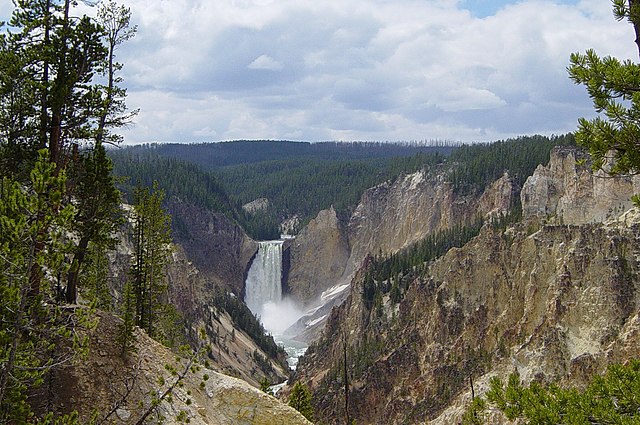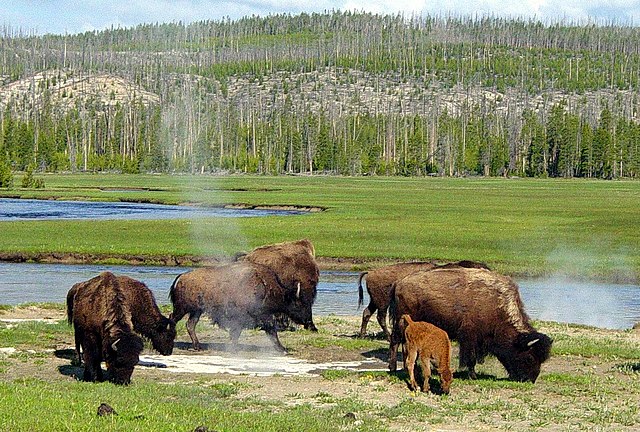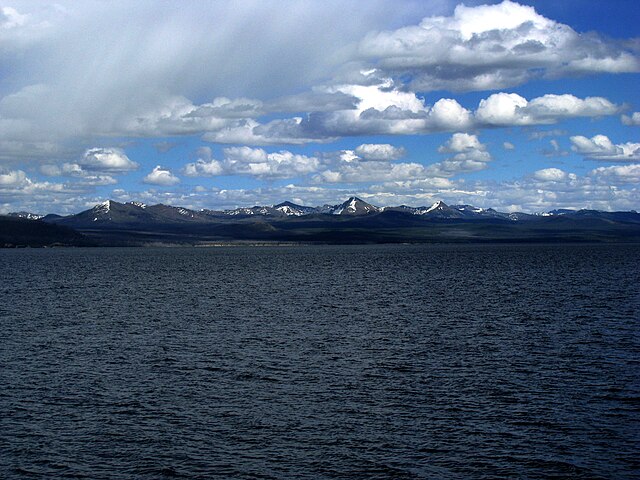Yellowstone National Park
Yellowstone National Park is an American national park located in the western United States, largely in the northwest corner of Wyoming and extending into Montana and Idaho. It was established by the U.S. Congress and signed into law by President Ulysses S. Grant on March 1, 1872. Yellowstone was the first national park in the U.S. and is also widely held to be the first national park in the world. The park is known for its wildlife and its many geothermal features, especially Old Faithful geyser, one of its most popular. While it represents many types of biomes, the subalpine forest is the most abundant. It is part of the South Central Rockies forests ecoregion.
Although Native Americans have lived in the Yellowstone region for at least 11,000 years, aside from visits by mountain men during the early-to-mid-19th century, organized exploration did not begin until the late 1860s. Management and control of the park originally fell under the jurisdiction of the United States Department of the Interior, the first Secretary of the Interior to supervise the park being Columbus Delano. However, the U.S. Army was eventually commissioned to oversee management of Yellowstone for a 30-year period between 1886 and 1916. In 1917, administration of the park was transferred to the National Park Service, which had been created the previous year. Hundreds of structures have been built and are protected for their architectural and historical significance, and researchers have examined more than a thousand archaeological sites.
Yellowstone National Park spans an area of 3,468.4 sq mi (8,983 km2), comprising lakes, canyons, rivers, and mountain ranges. Yellowstone Lake is one of the largest high-elevation lakes in North America and is centered over the Yellowstone Caldera, the largest supervolcano on the continent. The caldera is considered a dormant volcano. It has erupted with tremendous force several times in the last two million years. Well over half of the world's geysers and hydrothermal features are in Yellowstone, fueled by this ongoing volcanism. Lava flows and rocks from volcanic eruptions cover most of the land area of Yellowstone. The park is the centerpiece of the Greater Yellowstone Ecosystem, the largest remaining nearly-intact ecosystem in the Earth's northern temperate zone. In 1978, Yellowstone was named a UNESCO World Heritage Site.
Hundreds of species of mammals, birds, fish, reptiles, and amphibians have been documented, including several that are either endangered or threatened. The vast forests and grasslands also include unique species of plants. Yellowstone Park is the largest and most famous megafauna location in the contiguous United States. Grizzly bears, wolves, and free-ranging herds of bison and elk live in this park. The Yellowstone Park bison herd is the oldest and largest public bison herd in the United States. Forest fires occur in the park each year; in the large forest fires of 1988, nearly one third of the park was burnt. Yellowstone has numerous recreational opportunities, including hiking, camping, boating, fishing, and sightseeing. Paved roads provide close access to the major geothermal areas as well as some of the lakes and waterfalls. During the winter, visitors often access the park by way of guided tours that use either snow coaches or snowmobiles.
-
1
History
- 1.1 Park creation
- 1.2 Later history
- 1.3 Heritage and Research Center
- 2 Geography
-
3
Geology
- 3.1 Volcanism
- 3.2 Geysers and the hydrothermal system
- 3.3 Earthquakes
- 4 Biology and ecology
- 5 Forest fires
- 6 Climate
- 7 Recreation
- 8 Legal jurisdiction
- 9 See also
- 10 References
- 11 Further reading
- 12 External links
Links
Images Gallery
-
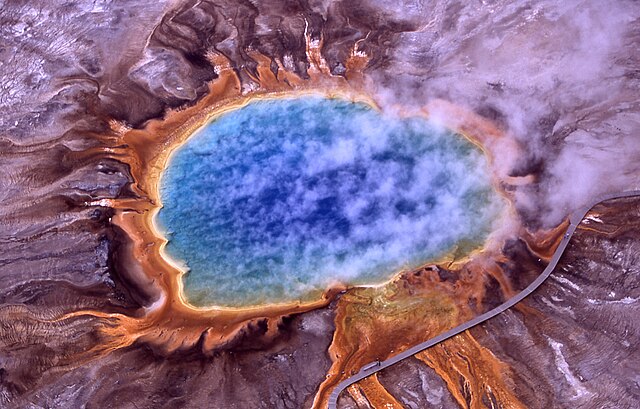 Boardwalks allow visitors to safely approach the thermal features, such as Grand Prismatic Spring.
Boardwalks allow visitors to safely approach the thermal features, such as Grand Prismatic Spring.
-
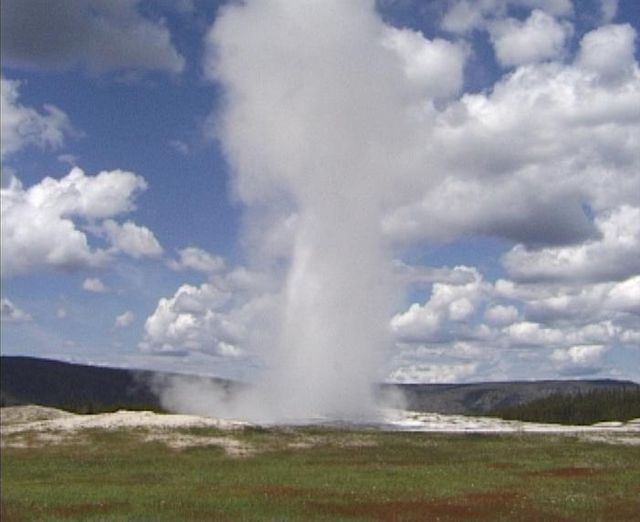
-
-

-

-
 Official park map c. 2006 (click on map to enlarge)
Official park map c. 2006 (click on map to enlarge)
-
 Ferdinand V. Hayden's map of Yellowstone National Park, 1871
Ferdinand V. Hayden's map of Yellowstone National Park, 1871
-
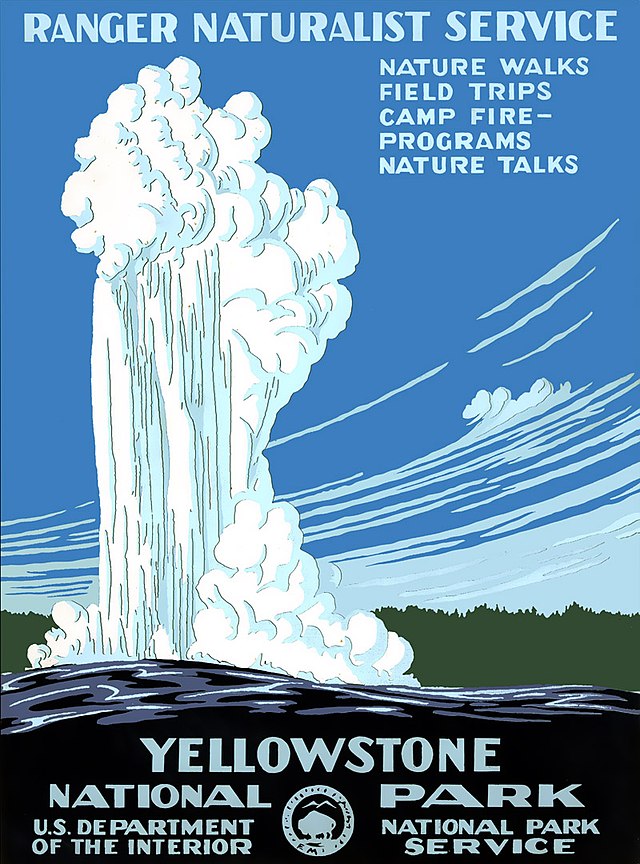
-

-

-
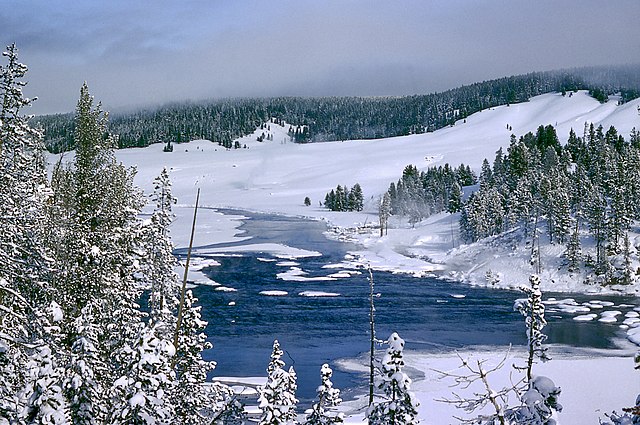 Winter scene in Yellowstone
Winter scene in Yellowstone
-

-
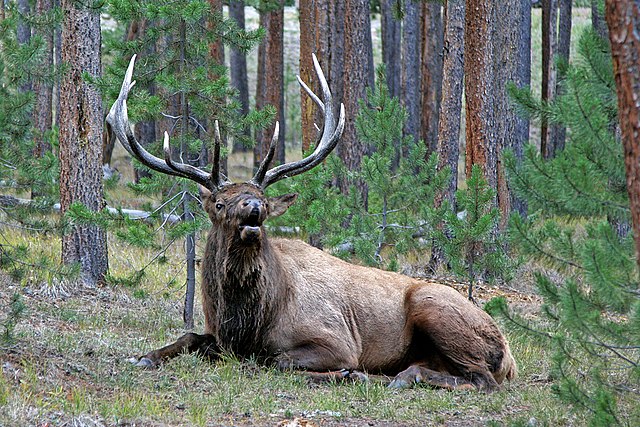
-
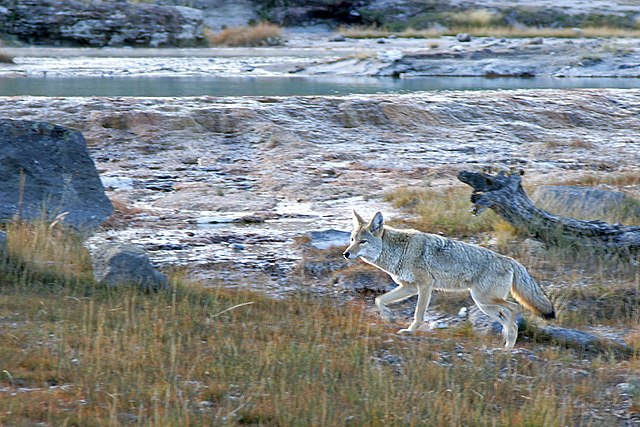
-

-

-
 A reintroduced wolf in Yellowstone National Park
A reintroduced wolf in Yellowstone National Park
-
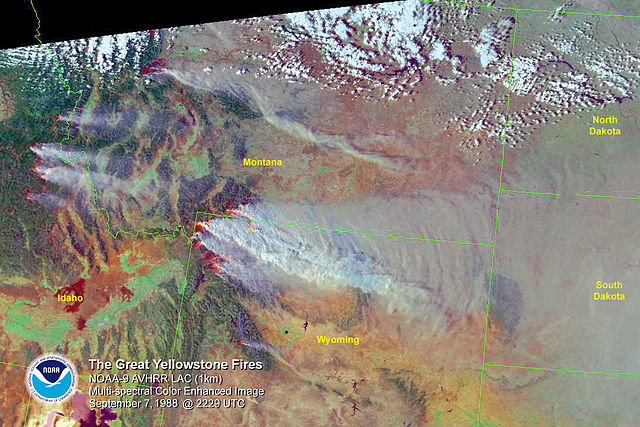
-

-

-

-
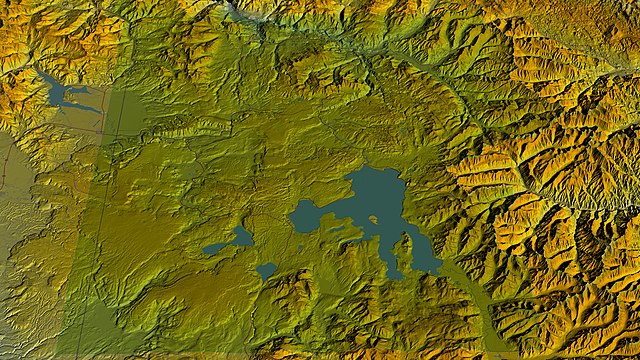
-
-
 Detailed pictorial map from 1904
Detailed pictorial map from 1904
-
Ferdinand V. Hayden (1829–1887), American geologist who convinced Congress to make Yellowstone a national park in 1872
-
Portrait of Nathaniel P. Langford (1870), the first superintendent of the park[35]
-
 Great Falls of the Yellowstone, U.S. Geological and Geographic Survey of the Territories (1874–1879), photographer William Henry Jackson
Great Falls of the Yellowstone, U.S. Geological and Geographic Survey of the Territories (1874–1879), photographer William Henry Jackson
-

-
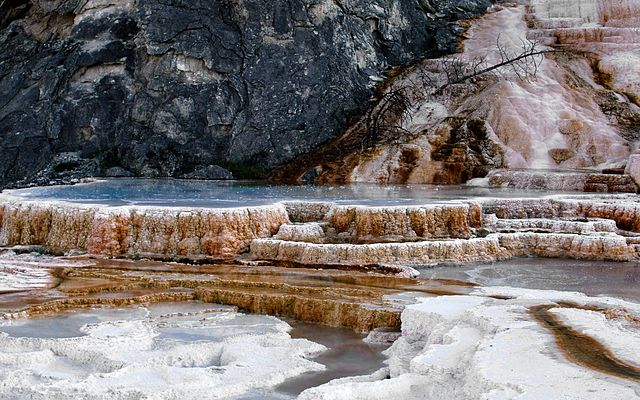
-
 Fort Yellowstone, formerly a U.S. Army post, now serves as park headquarters.
Fort Yellowstone, formerly a U.S. Army post, now serves as park headquarters.
-
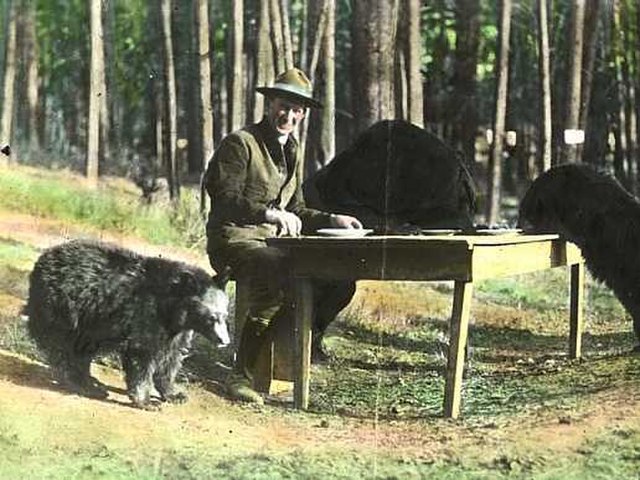 Superintendent Horace M. Albright and black bears (1922). Tourists often fed black bears in the park's early years, with 527 injuries reported from 1931 to 1939.[56]
Superintendent Horace M. Albright and black bears (1922). Tourists often fed black bears in the park's early years, with 527 injuries reported from 1931 to 1939.[56]
-
 The Roosevelt Arch in Gardiner, Montana, at the north entrance
The Roosevelt Arch in Gardiner, Montana, at the north entrance
-
 Pictorial map by Heinrich C. Berann (1991); scale exaggerated
Pictorial map by Heinrich C. Berann (1991); scale exaggerated
-
Columnar basalt near Tower Fall; large floods of basalt and other lava types preceded mega-eruptions of superheated ash and pumice.
-
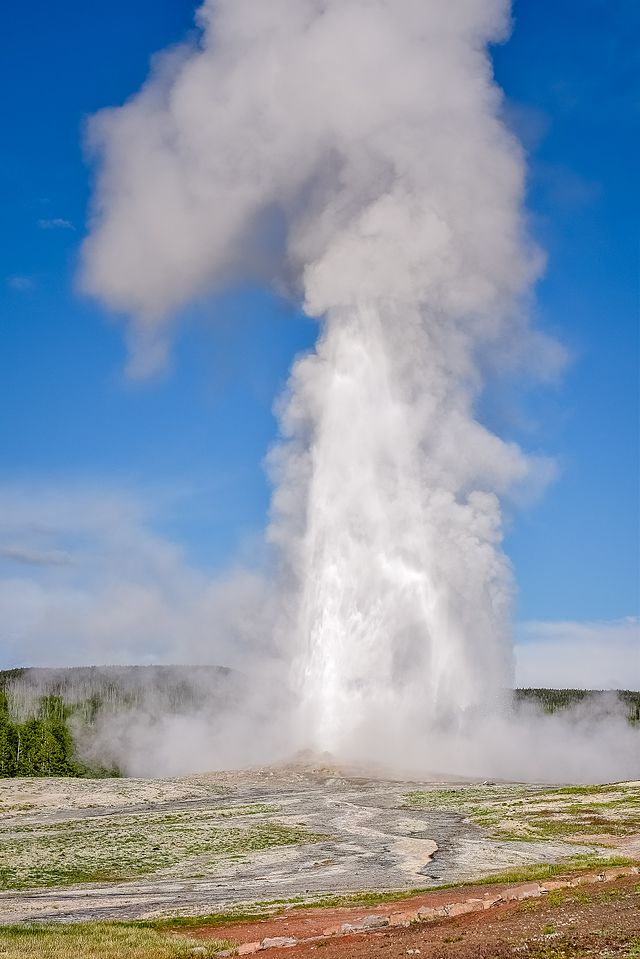
-

-
 Infrastructure damage at Hebgen Lake due to the 7.2 magnitude earthquake of 1959
Infrastructure damage at Hebgen Lake due to the 7.2 magnitude earthquake of 1959
-
Meadow in Yellowstone National Park
-
 Yellowstone sand verbena are endemic to Yellowstone's lakeshores.
Yellowstone sand verbena are endemic to Yellowstone's lakeshores.
-
 American bison
American bison
-
Elk mother nursing her calf
-
 Black bear and cub near Tower Fall
Black bear and cub near Tower Fall
-
 Elk in Hayden Valley
Elk in Hayden Valley
-
 Pronghorn are commonly found on the grasslands in the park.
Pronghorn are commonly found on the grasslands in the park.
-
 Fire in Yellowstone National Park
Fire in Yellowstone National Park
-
 Wildfire in Yellowstone National Park produces a pyrocumulus cloud.
Wildfire in Yellowstone National Park produces a pyrocumulus cloud.
-
 A crown fire approaches the Old Faithful complex on September 7, 1988.
A crown fire approaches the Old Faithful complex on September 7, 1988.
-
 Geyser at Yellowstone Lake
Geyser at Yellowstone Lake
-
Union Pacific Railroad brochure promoting travel to the park (1921)
-
 Tourists watch Old Faithful erupt, 2019.
Tourists watch Old Faithful erupt, 2019.
-
 Vintage photo of human-habituated bears seeking food from visitors
Vintage photo of human-habituated bears seeking food from visitors
-
 Idaho portion of park highlighted in southwest corner (click to enlarge)
Idaho portion of park highlighted in southwest corner (click to enlarge)
-

-

-

-
-

-
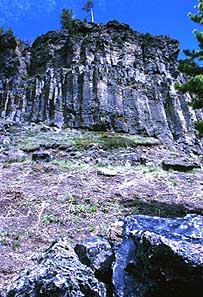
-
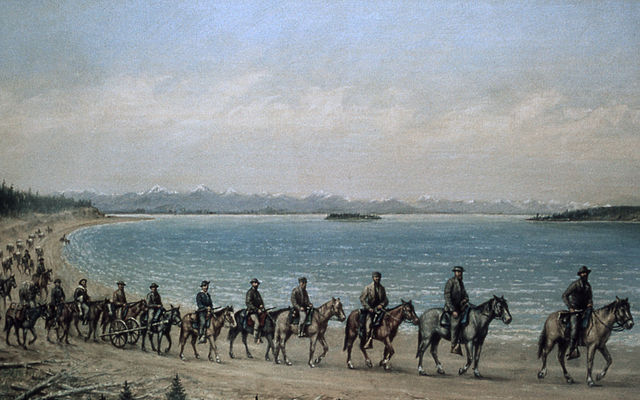
-
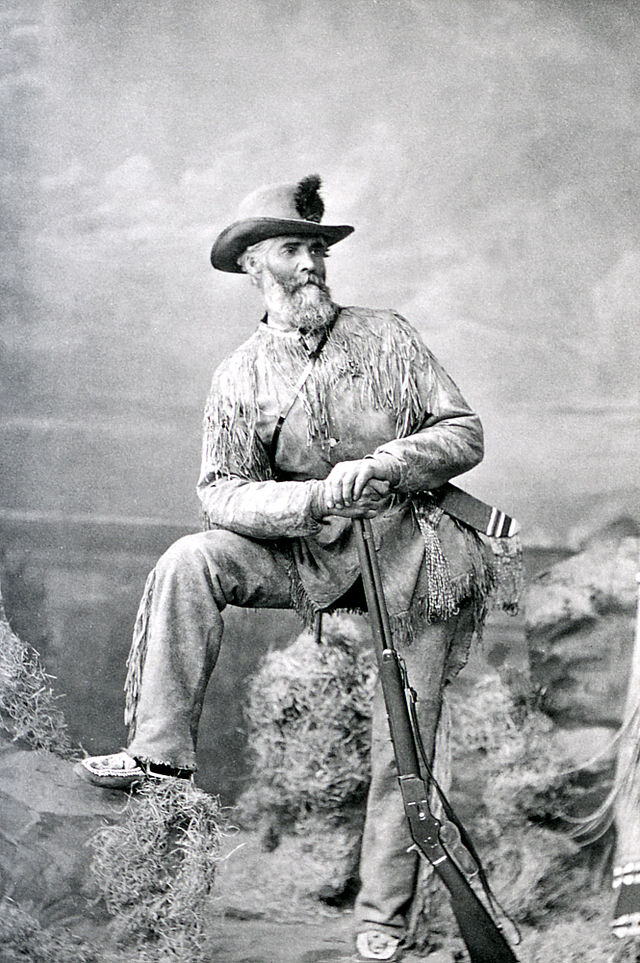
-
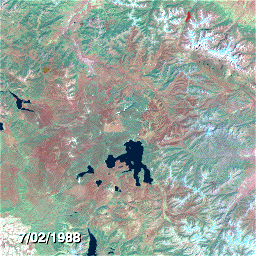
-

-
-
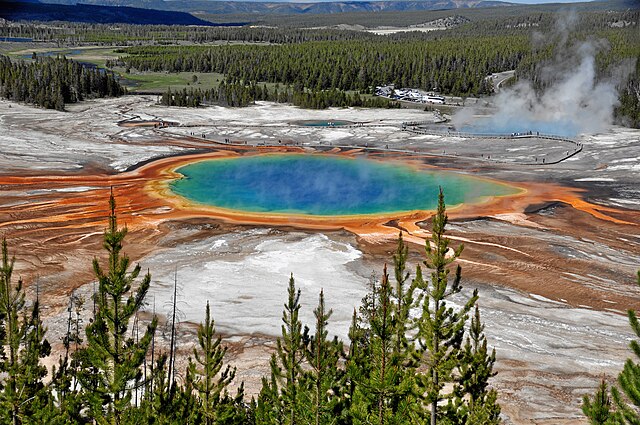
-

-

-
-

-

-
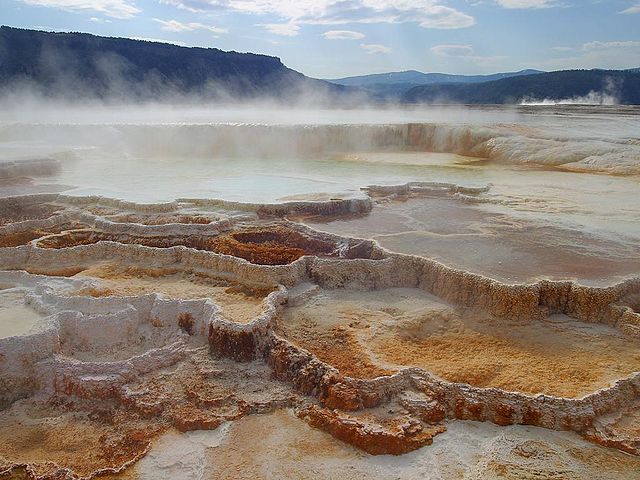
-
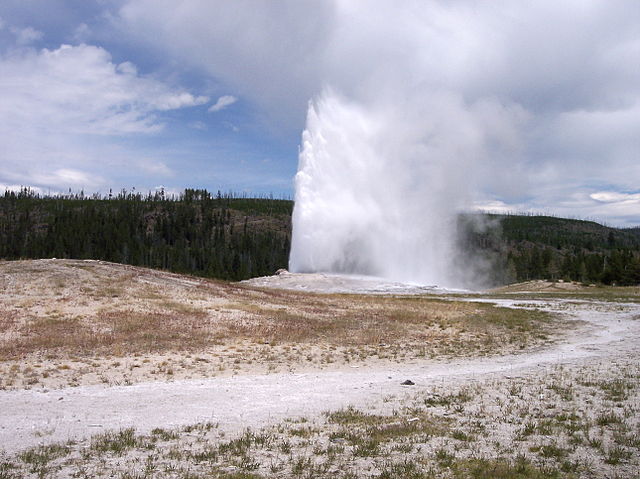
-
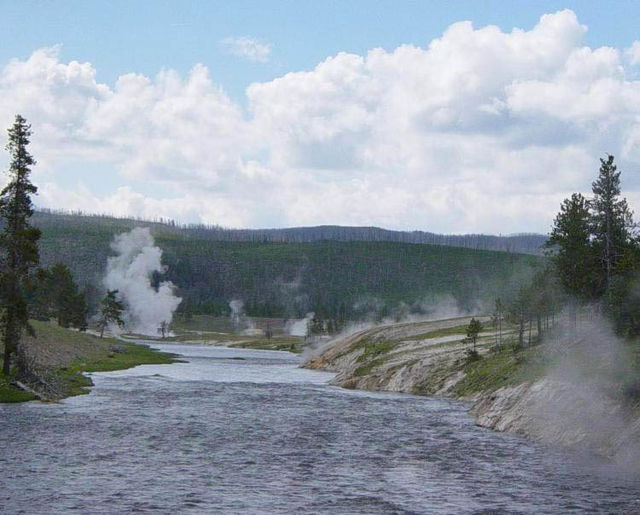
-

-

-

-
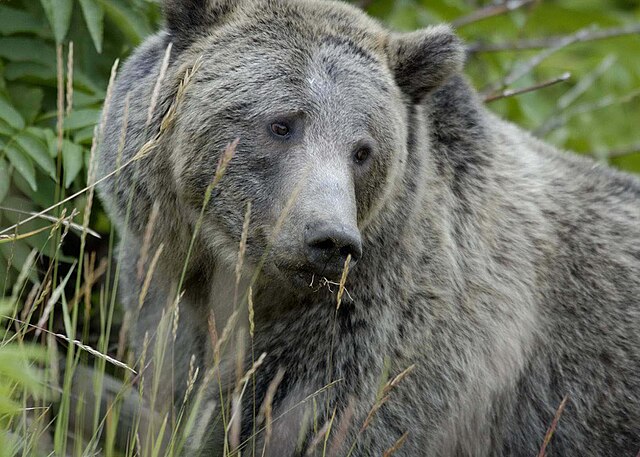
-
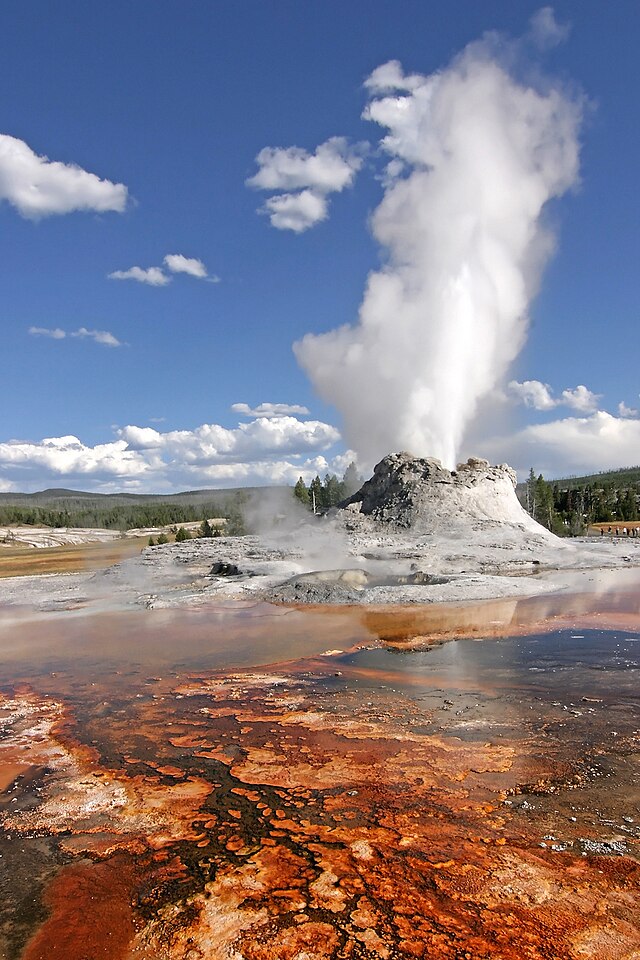
-

-

-

-

-

-

-
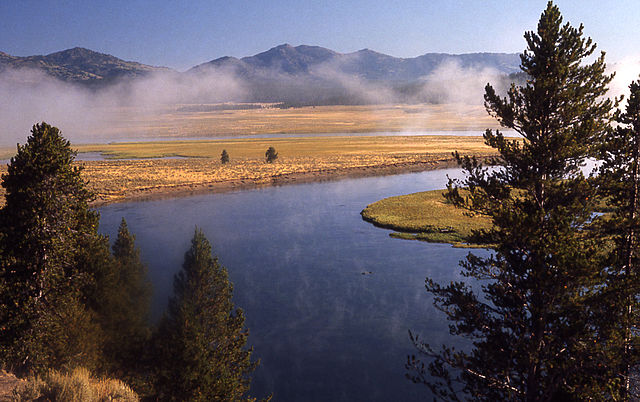
-
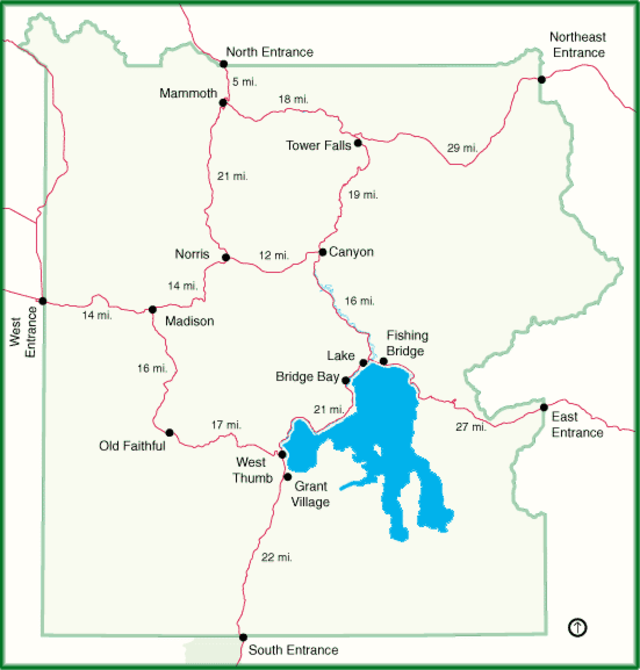
-
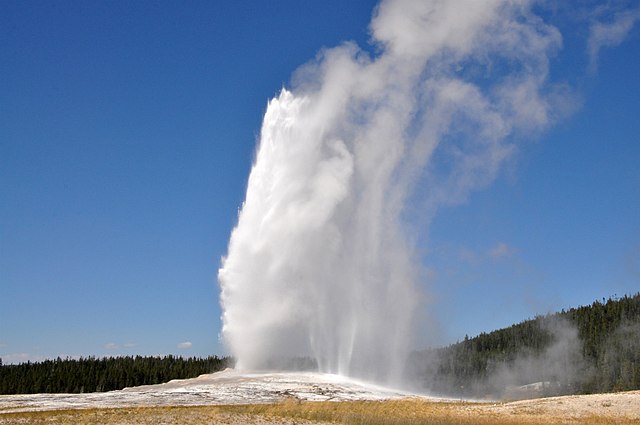
-

-
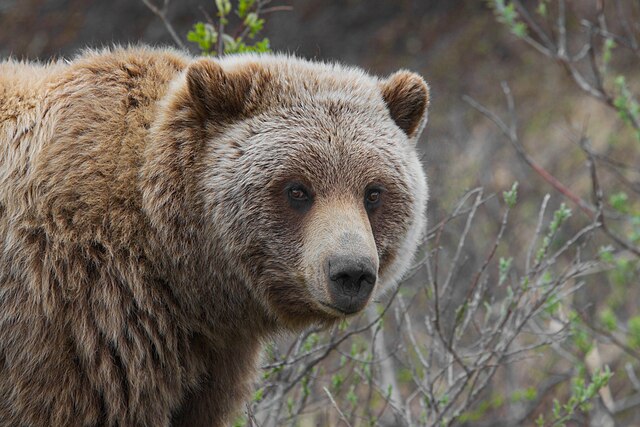
-
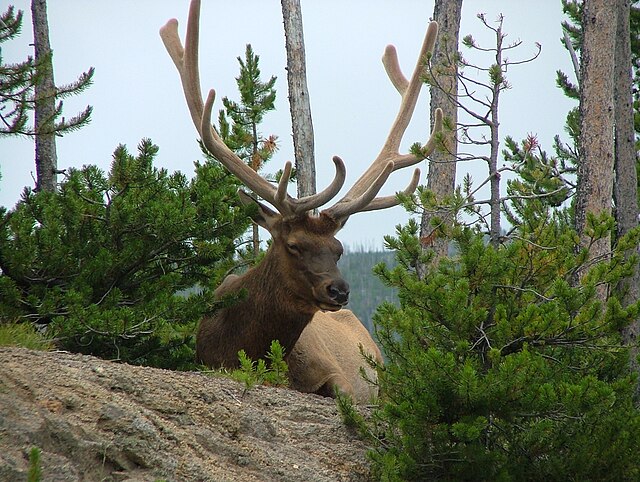
-

-

-
-

-
-

-
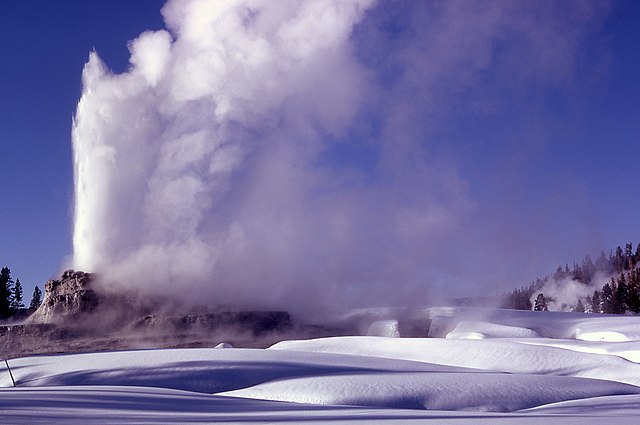
-

-
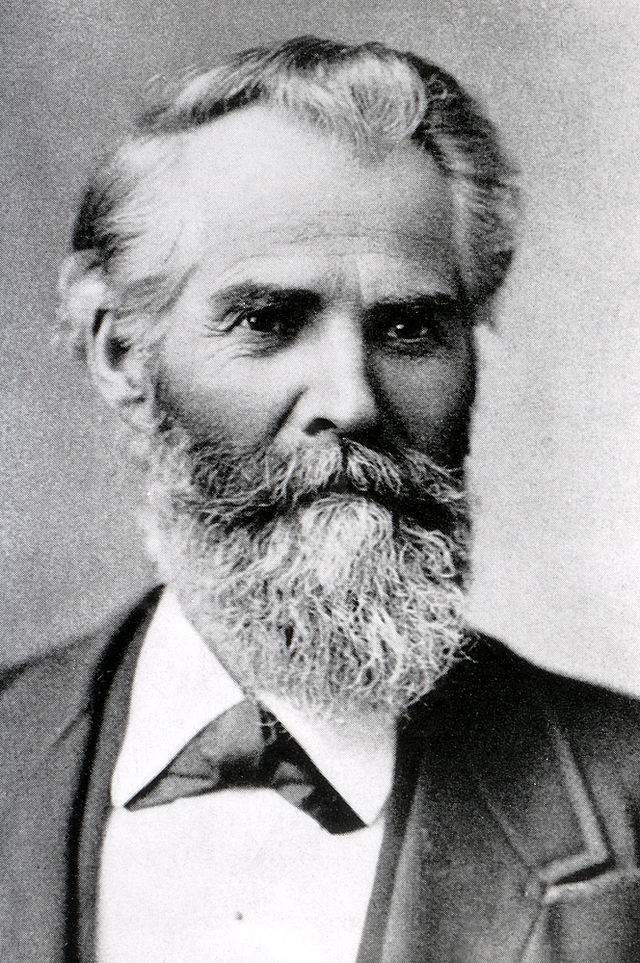
-
-

-

-
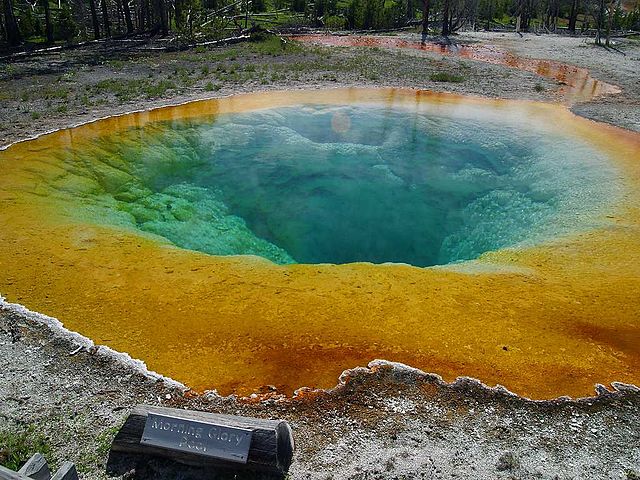
-

-

-

-

-

-

-
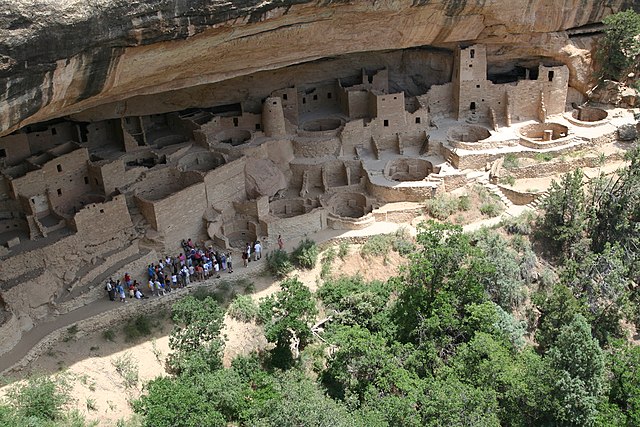
-

-
-
-
-
-

-

-

-

-

-
-
-

-
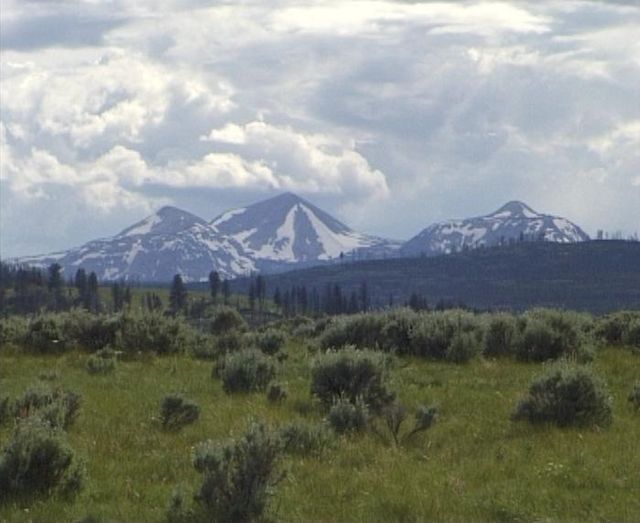
-
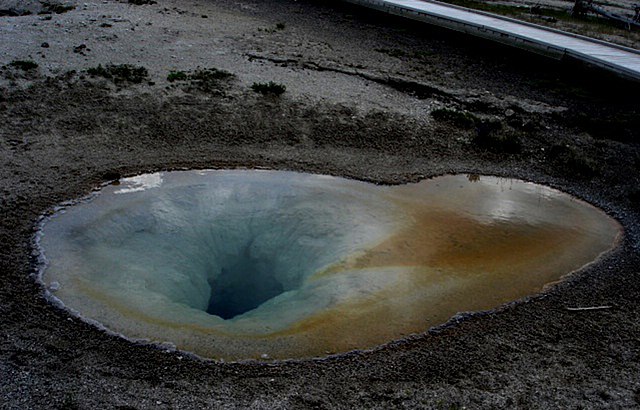
-
-

-

-
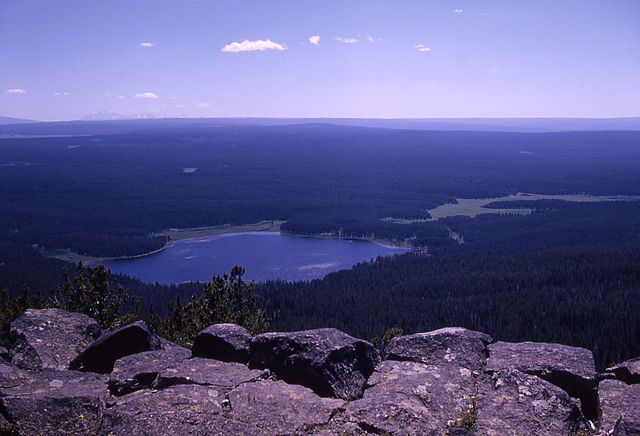
-
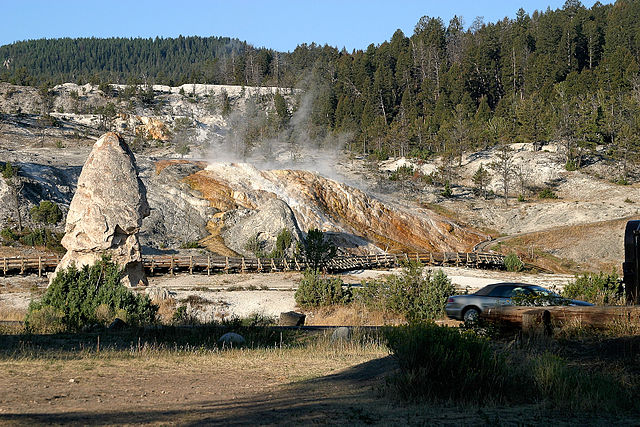
-

-
-
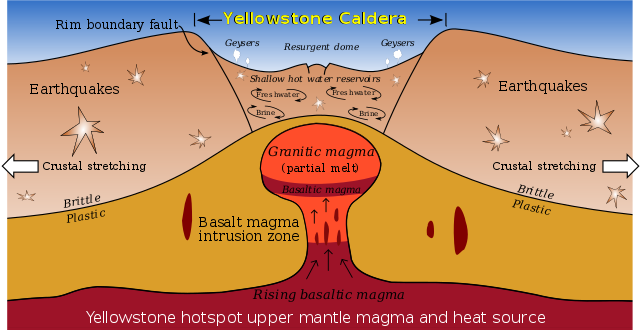
-
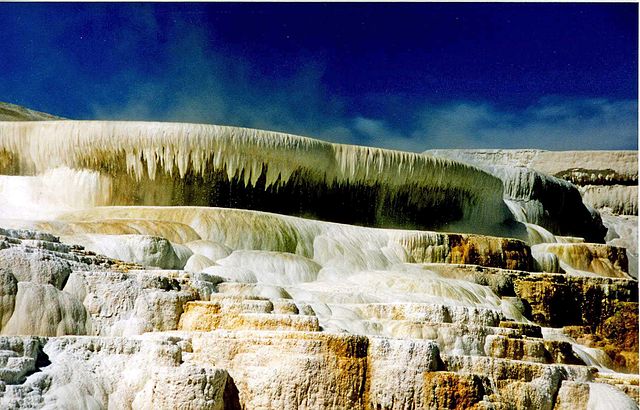
-
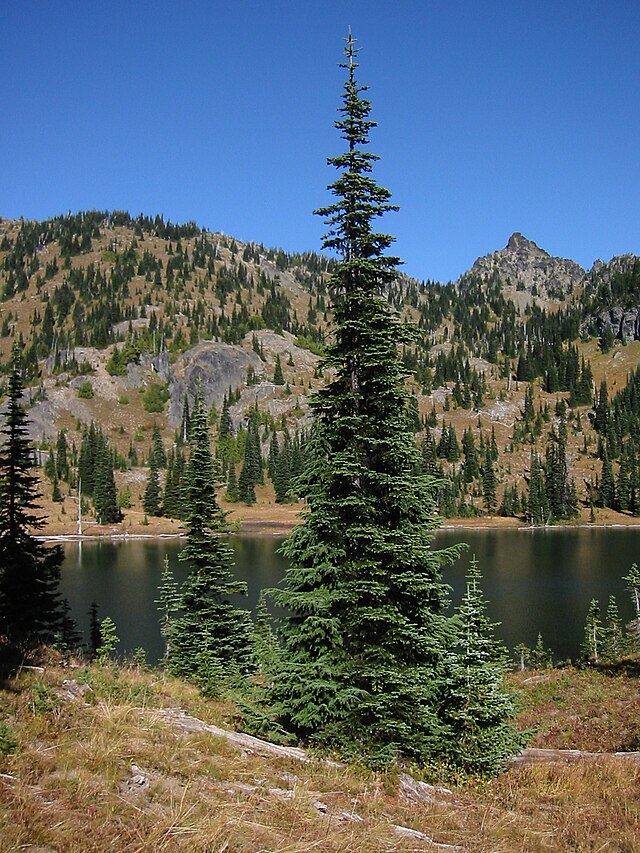
-

-
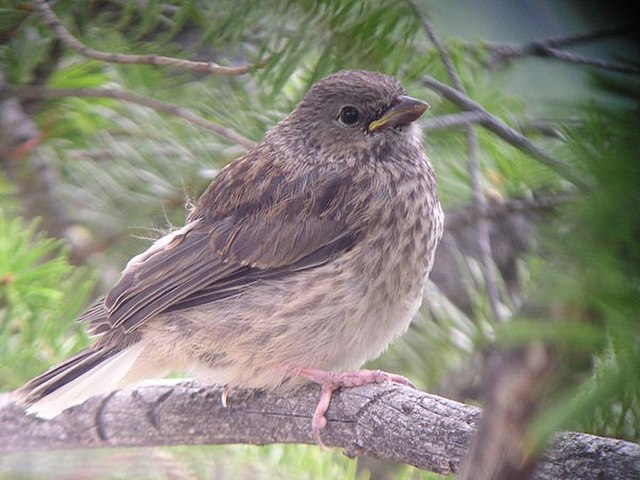
-

-

-
-

-
-

-
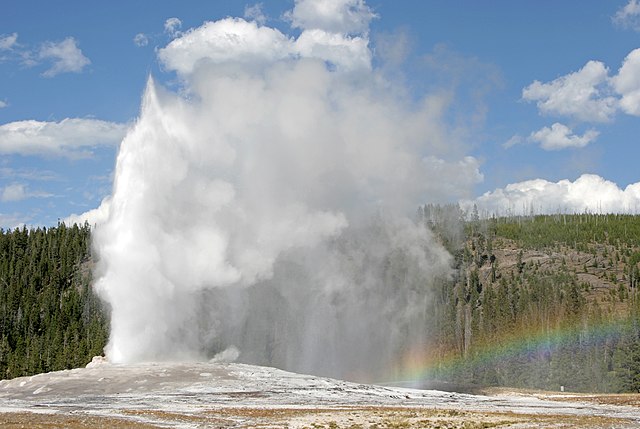
-

-
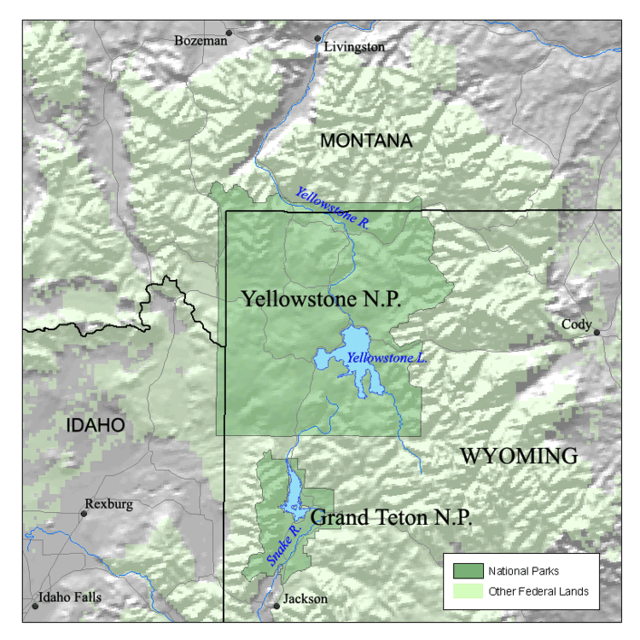
-

-

-

-

-

-

-
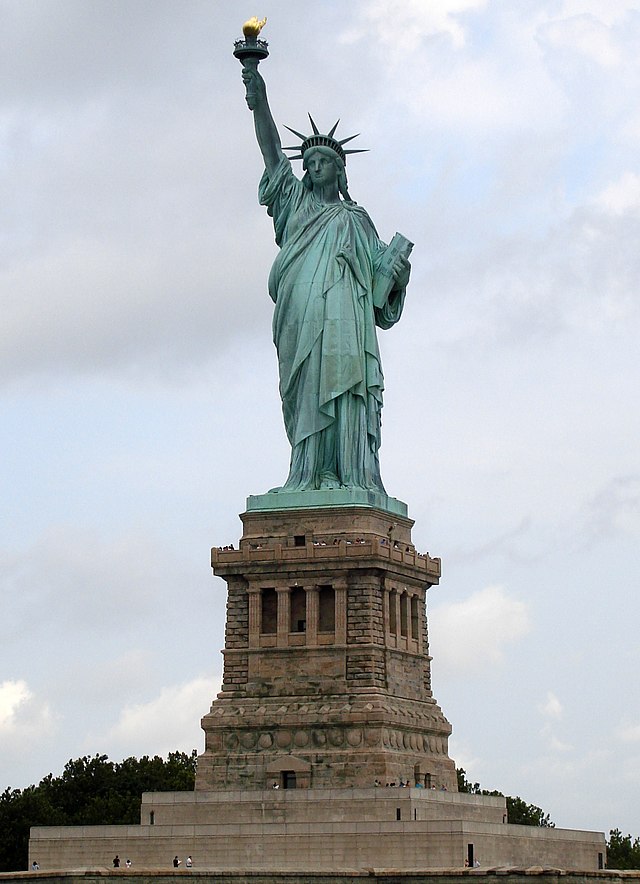
-

-
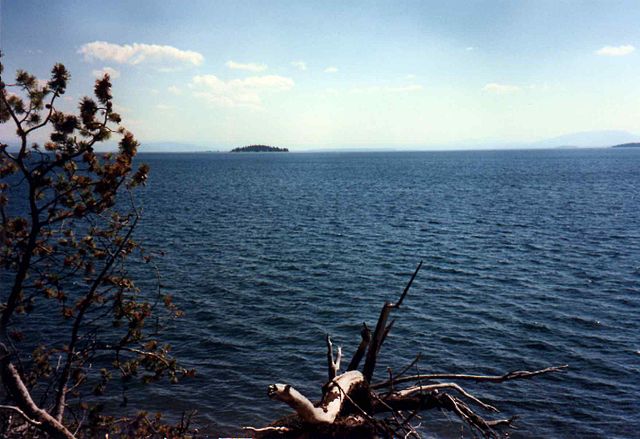
-

-

-

-

-
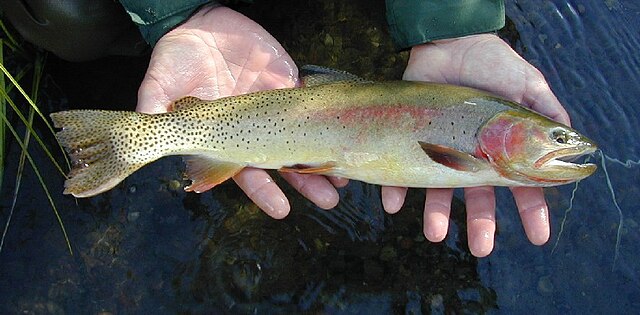
-

-

-
-

-
-
-

-
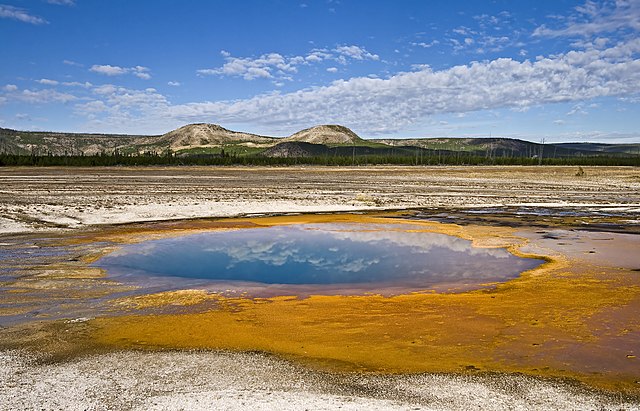
-
-
-

-

-
-
-
-
-
-
-
-
-

-

-

-
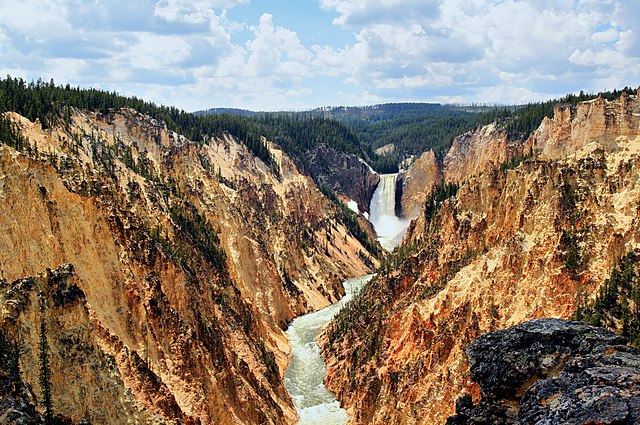
-

-

-

-
-

-

-

-

-

-

-

-
-

-

-

-

-

-

-
-

-

-
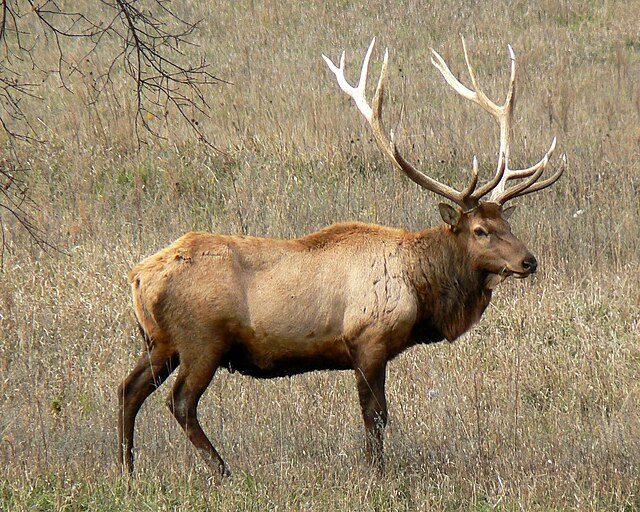
-
-

-
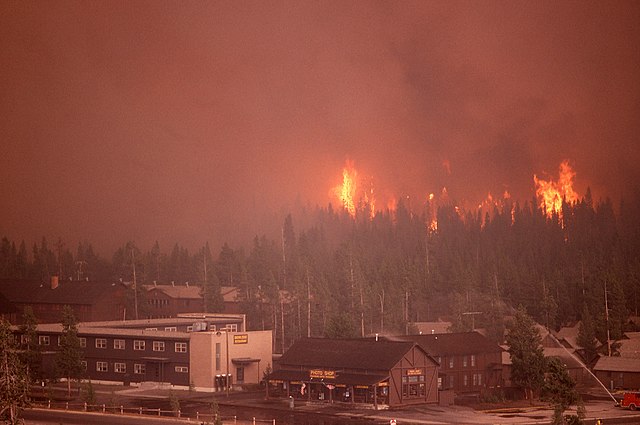
-
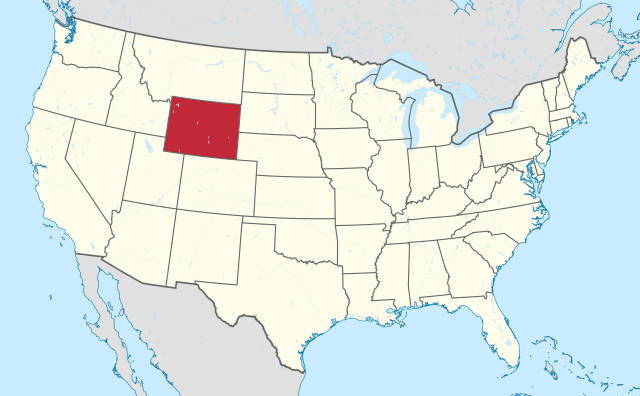
-

-

-

-
-

-

-

-

-
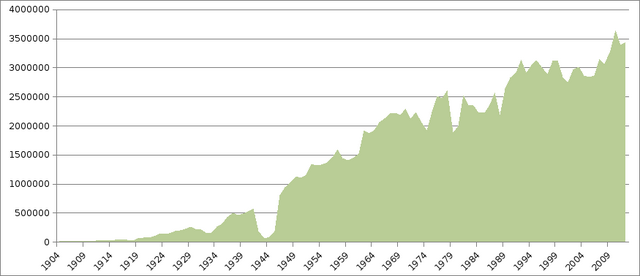
-
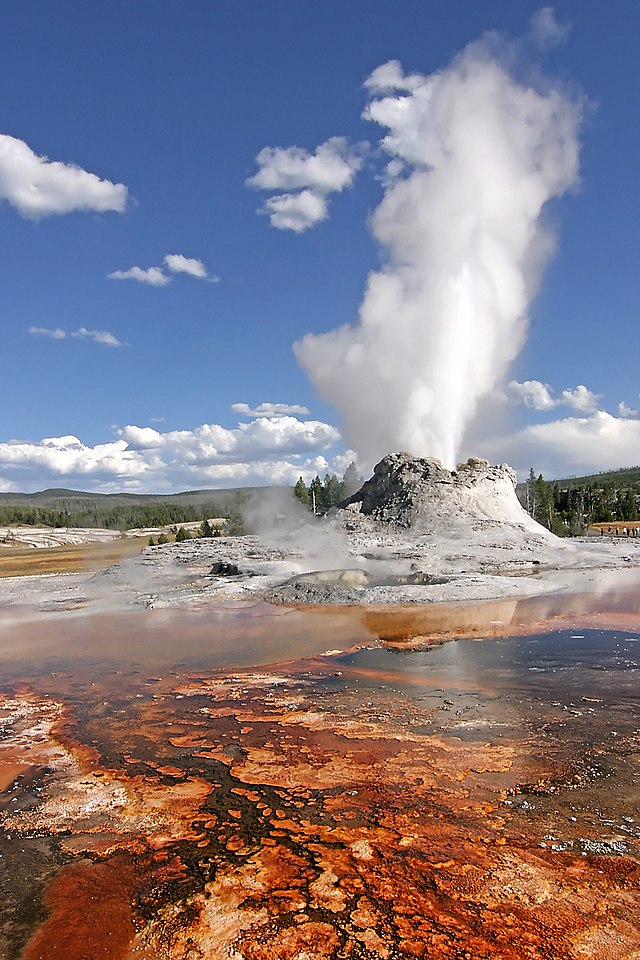
-

-
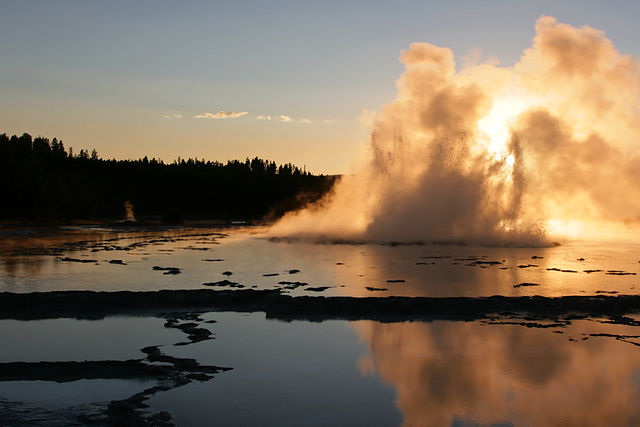
-

-

-

-

Comments
Share your experience with others and write the first comment about the location


































































